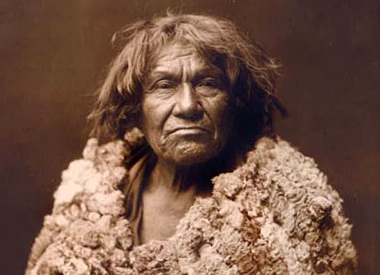Rose-Baley Wagon Train 1858
Too impatient to wait for the new road to be completed, two wagon trains of emigrants left Santa Fe in 1858 to try it out, one
headed by L. R. Rose, and following it another led by Gillum Baley. One member of the Baley train, John Udell, who had had
previous experience traveling in the west, opposed the choice of route, but was overruled. The trains' leaders unfortunately hired
as guide a man who had guided both
Whipple's and
Beale's expeditions
and had been found incompetent by both (1994:80).
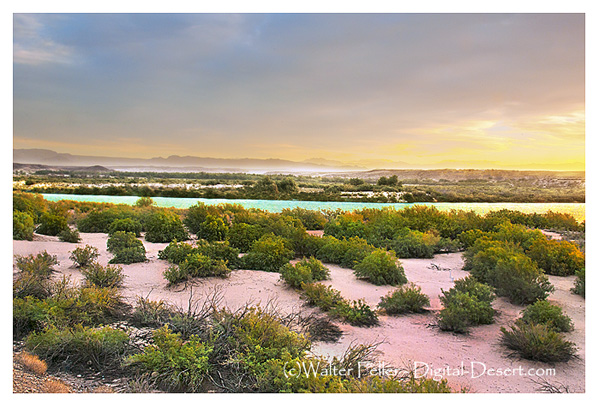
It was late August and the heat was intense. By the time the two wagon trains had reached the summit of
Sitgreaves Pass
in the
Black Mountains, they were exhausted, hungry, and thirsty, and had been harassed for some time by Yavapai and Havasupai in
the Peach Springs area. One small group of them, including L. R. Rose, who wrote the only eyewitness account of the next few
days, pushed onward to the river,
which they could see from the mountain tops. On the way to the river, the party encountered Mojaves,
who seemed friendly, and at first gave the party directions and other help; however, when the wagon train reached the river, set
up camp about a mile from it, and drove the livestock to the river to drink, the Mojaves, who had learned that yet another party
would be coming through, began to kill and drive off cattle, cook and eat them, and "when caught in the act would laugh and treat
the matter as a huge joke" (Rose 1859).
According to Chooksa Homar, the Mojaves had been undecided as to a course of
action. AratÍve,
the high chief of the southern
group of Mojaves, and five "brave men" or sub-chiefs had been involved some years before in a Quechan war with the Cocopa
and the latter's allies. At its end, they promised the commander of Fort Yuma not to fight against other Indians, and were
given written papers confirming their agreement not to. Now that the emigrants had violated their territory, the five sub-chiefs
were tempted to attack them, anticipating that if they allowed the whites to stay in their area, the intruders would take their
wives, enslave their children, and put all the Mojave to work. They had heard that in areas to the east, the whites had taken
over the country, penned up animals rather than letting them run free, and might do the same to the Indians. Tribal elders urged
peace on the grounds that these leaders had the papers showing that they had agreed not to fight, but in the face of the emigrants'
abuse of Mojave hospitality, the militant sub-chiefs decided to defend their territory and their property (Kroeber and Kroeber 1973:11-12).
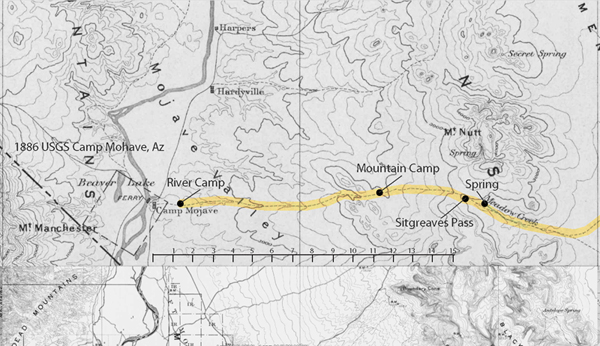
In 1903, a Mojave known as Jo Nelson, whose Mojave name was Chooksa Homar, narrated to anthropologist A. L. Kroeber through an
interpreter an account of Mojave wars between 1854 and 1880. Kroeber's son, Clifton Kroeber, an ethnohistorian, edited the
manuscript his father had begun, and had it published by the University of California Press in 1973.
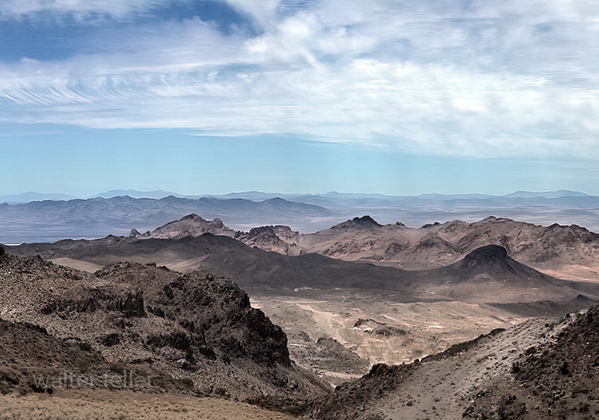
In the meantime, on August 27, the Baley party had passed through
Sitgreaves Pass
in its turn and had camped at the edge
of the valley. The young men in the party drove the party's cattle down to the river to drink, intending to return later
for the wagons. When the Rose party moved to the banks of the River on August 29, two Mojave chiefs, probably Cairook
and Sickahot, visited the camps in turn with their retinues. Gifts were exchanged. The chiefs asked if the travelers were
planning to settle on the river, and were told that the emigrants intended to go to California (Rose 1859).
On August 30, the Rose party moved its camp down the river about a mile to the crossing place, noting with pleasure the "grass"
for grazing, and the
cottonwood trees
that would be useful for constructing their camp and building rafts for crossing the river. They
apparently did not realize that the cottonwoods were considered valuable property by the Mojave. The trees provided shade from the
sun, lumber essential for house poles, and material for clothing (the inside of the bark was used for women's clothing). Moreover,
the grass that the emigrants' cattle tramped over and grazed on constituted Mojave fields, which were, of course, not laid out
in rectangles nor surrounded by fences. Many Mojaves began to appear in the vicinity. Because they thus far had been friendly,
the Rose party took no alarm as the afternoon wore on, but in the evening the Mojaves attacked, surrounding the camp, and coming
within 15 feet of the wagons to discharge their arrows. Of the 25 men in the party, one was killed in the battle at the camp,
and 11 were wounded. The Mojaves, subjected to bullets rather than arrows, lost 17 within sight of the emigrant camp, and
possibly more (Sherer 1994:82-85, Rose 1859).
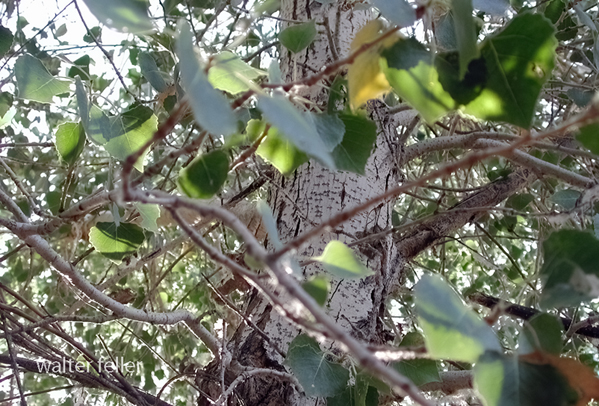
Panic struck the emigrants. Added to their distress over the results of the battle, was the fact that in the midst of their
own battle, Rose got word that Miss Bentner, a member of a family from his party who had stayed in the mountains, had been killed.
The emigrants had lost all but 17 of 400 head of cattle, and all but 10 of 37 horses in the battle by the river. They also retained
two mules, but they had lost their equipment and supplies, and they feared that all their friends left in the mountains had been
killed. Despite the fact that
San Bernardino
was only 200 miles away and Albuquerque, 560 miles, they decided to turn
back (Sherer 1994:85). Fortunately, the Baley party had not been killed and turned back with them, and they met two other westbound
parties following behind who also turned back and shared supplies with them. Before the combined parties reached Albuquerque, they
were in a destitute state, but managed to get word to Major Backus, in command of the
U.S. Army
post there, who sent them sufficient
food and supplies that they were able to reach the city (Sherer 1994:85-86).
All four members of the Bentner family been killed by Walapais, among whom were seven renegade Mojaves. The murder of this family was
interpreted as a massacre, and news of it touched off a round of misunderstanding that resulted in the establishment of
Fort Mojave
and the
U.S. military control of the Mojave
(1994:86).
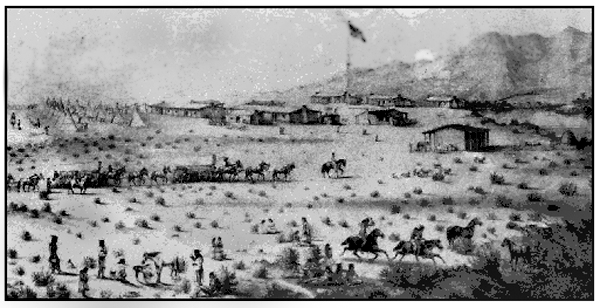
Fort Mojave
News of these events in late August, 1858, spread across the continent, first as exaggerated rumor, later in published versions. The
eyewitness account written by L. J. Rose on October 28, 1858, was published by the Missouri Republican on November 29, 1859, more
than a year later. 7 Colonel Bonneville, the officer in charge of the U.S. Army's Department in New Mexico reported to the General
of the Army in Washington, and probably sent word to General N. S. Clarke, commander of the Military Department in San Francisco. General Clarke
reacted promptly by sending
Lieutenant Colonel William Hoffman
and an escort to the
Colorado River
to arrange for a military post at
"Beale's Crossing" to protect emigrants as they came through. Troops were to follow. The Secretary of War's instructions to do much
the same thing arrived after Hoffman was already well into the desert, and did not reach Hoffman until after he had had a decidedly
unfriendly encounter with the northern group of Mojaves at Beaver Lake. Each side was suspicious of the other, and each expressed
the suspicion in a characteristic manner, but misinterpreted the actions of the other. For example, Hoffman's party, although its
members interacted with the
Paiutes
and
Mojaves
they met in the daytime, declared their camp closed to more than 15 at a time, and
to all Indians at night-an indication of hostility to the Mojaves, to whom open hospitality was only polite. The Mojaves in turn shot
four arrows into Hoffman's camp, mocked the behavior of the strangers, and otherwise tested the intentions of the visitors. In the
end, Hoffman made preparations to return the way he had come, but had not left when his party was surrounded by Mojaves coming closer
and closer. He sent the pack and wagon ahead and then ordered one of his platoons to dismount and fire at the Indians. He reported
that 10 or 12 were seen to fall. Then, as he and the platoon marched to catch up with the rest of their party, some 250 to 300 Mojaves
started to follow, but fell back after "a few well-directed shots on some scattering ones" (Sherer 1994:87-94). Chooksa Homar reported
that three Mojaves were hit, but none killed. A. L. Kroeber noted that to the Indians, Hoffman's visit seemed unmotivated (Kroeber and Kroeber 1973:20).
John Udell, who was a member of the expedition who had not gone down to the
river, wrote an account of it in his journal (1859), but
it was not published until considerably later.
